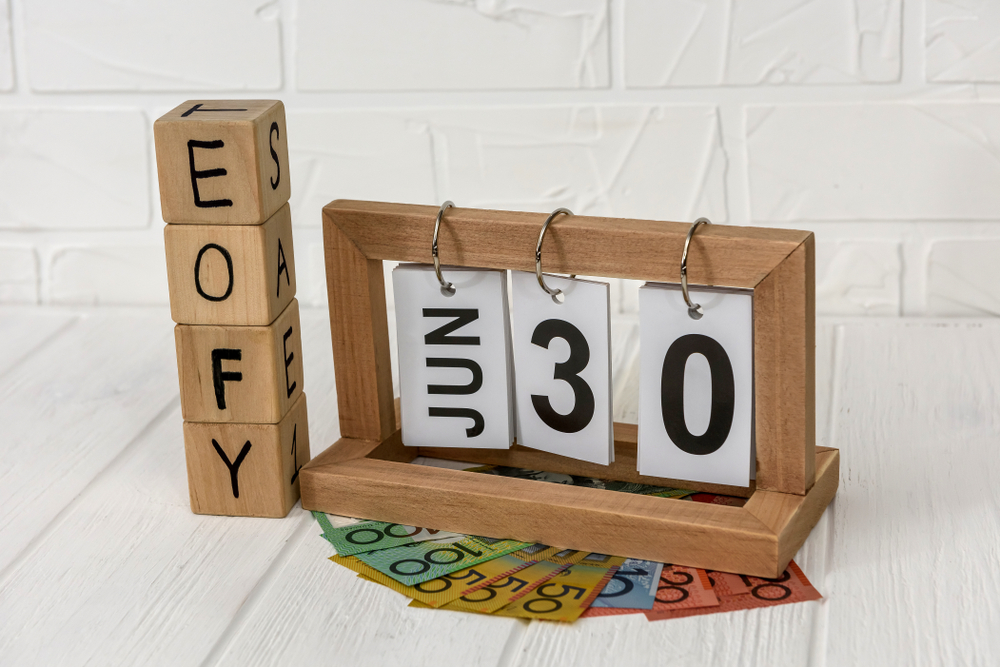If you have income from investment properties, now is the time to start gathering your records and reviewing your expenses for the 2021 financial year.
Income to Declare
All income earned from each property must be declared. If you have multiple properties, keep the records for each property separate to make the tax return more efficient.
- Rent received, whether paid directly to you or through an agent or through an online management platform. Rent includes recurring regular amounts as well as any lump sum amounts paid in advance.
- Rental bonds returned (eg. if the tenant caused damage or defaulted on rent payment).
- Insurance payouts received as compensation.
- Expenses reimbursed by the tenant (eg. if they have caused damage and you have paid for the cost of fixing the damages, or if they have reimbursed you for water).
- Extra fees received (eg. letting or booking fees).
- Government rebates (eg. installation of solar utilities).
You will need statements or recipient created tax invoices from agents or management platforms and documents for all other payments received.
Tax Deductions
Deductible expenses for property are different for residential and commercial properties. Not all expenses related to owning a property are allowed as deductions, so it’s important to check what you can claim.
- Advertising for tenants
- Body corporate fees
- Council rates
- Water supply charges
- Land tax
- Cleaning, gardening, pest control and property maintenance
- Insurance
- Agent fees
- Repairs and maintenance
- Some legal expenses
- Loan interest
Other Expenses
There are some expenses which need to be claimed over a longer period such as several years or decades. These can include borrowing expenses, capital expenditure, depreciation, initial repairs and capital works.
Some expenses cannot be claimed for. These include stamp duty, loans and repayments, some legal expenses and some insurance premiums.
Get Help to Simplify Your Property Records
Tax matters for property investors can be complex. The ATO keeps a close eye on tax returns that involve property investment, as it’s easy to make mistakes. There are other matters to consider such as the period of rental availability, private use of the property, capital gains tax, legal contracts and positive or negative gearing.










